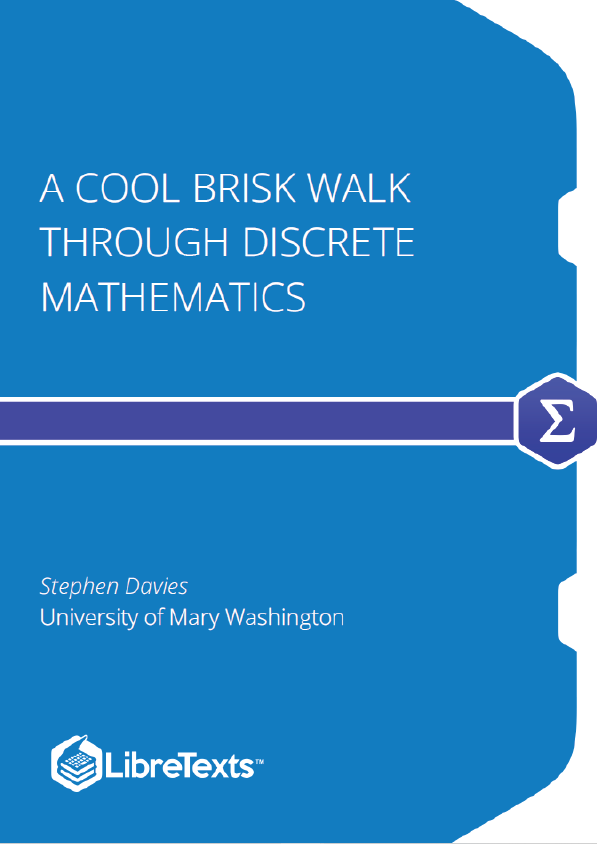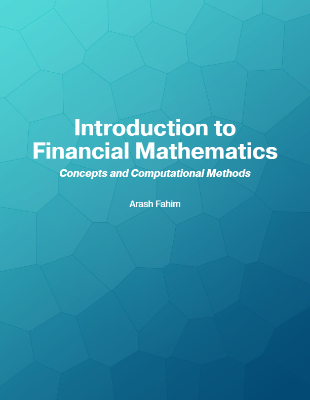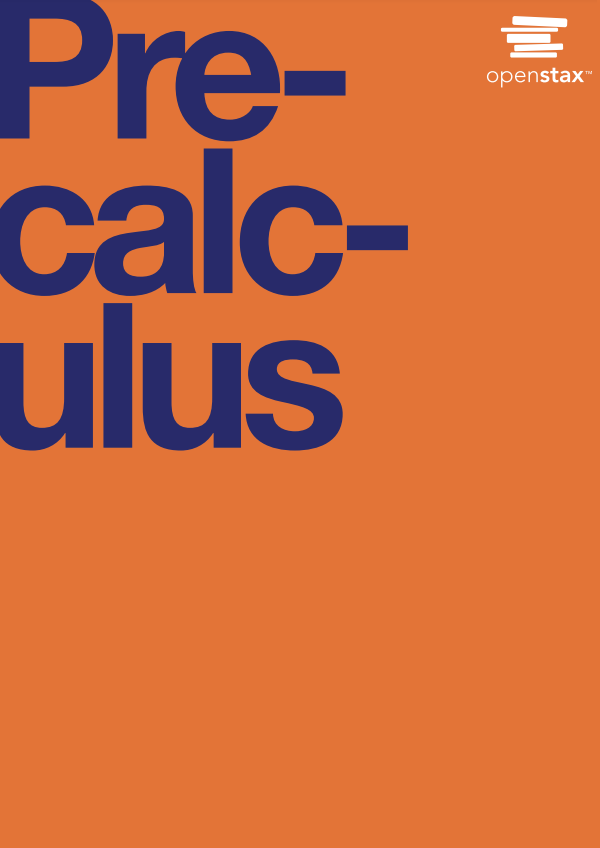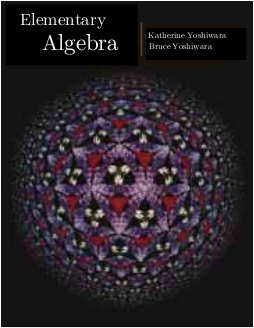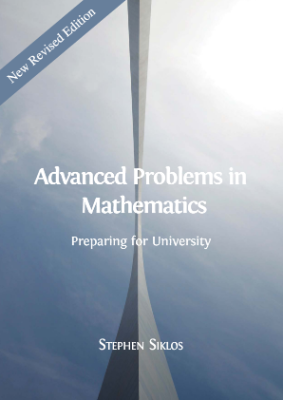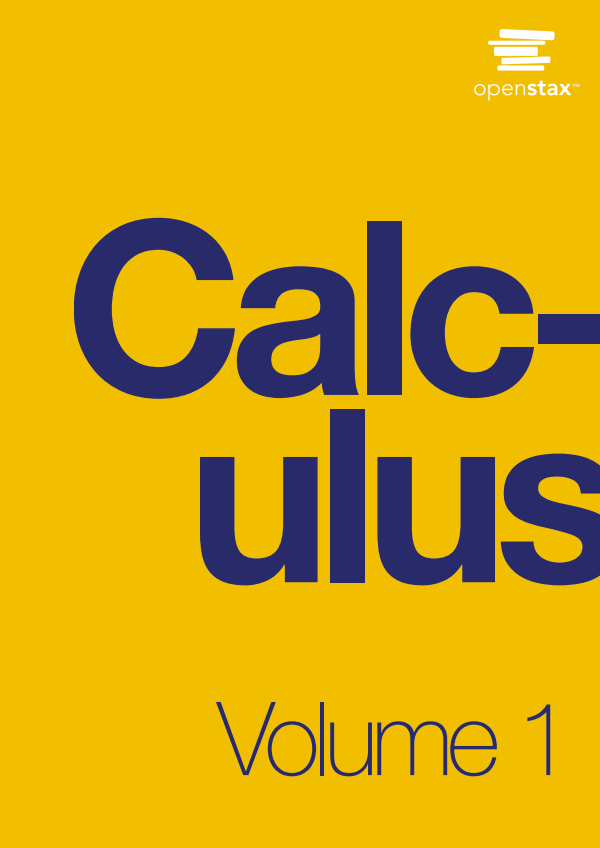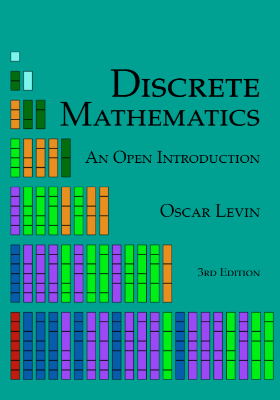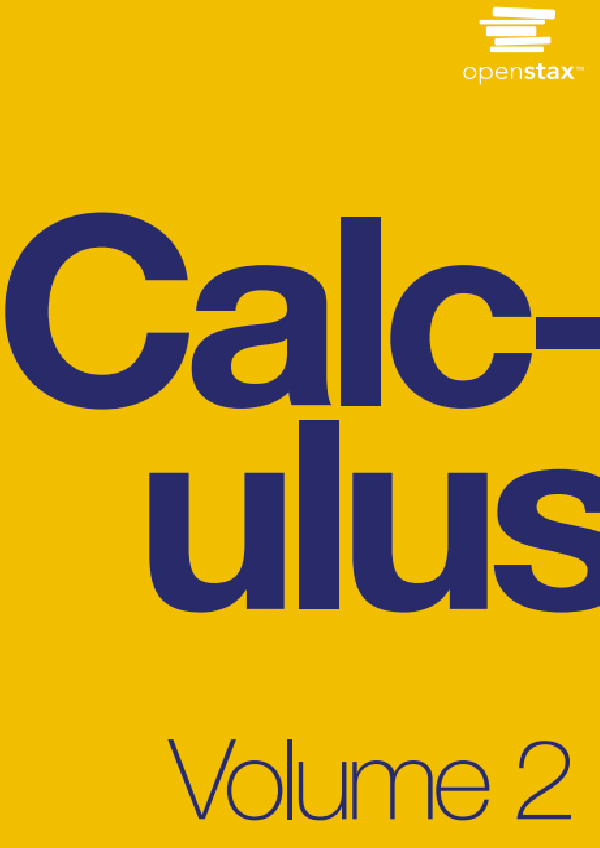A Cool Brisk Walk Through Discrete Mathematics – and its companion site “allthemath” – are completely-and-forever-free-andopen- source educational materials dedicated to the mathematics that budding computer science practitioners actually need to know. They feature the fun and addictive teaching of award-winning lecturer Dr. Stephen Davies of the University of Mary Washington in Fredericksburg, Virginia!
Before we set out on our “cool, brisk walk,” let’s get oriented. What is discrete mathematics, anyway? Why is it called that? What does it encompass? And what is it good for?
Let’s take the two words of the subject, in reverse order. First, math. When most people hear “math,” they think “numbers.” After all, isn’t math the study of quantity? And isn’t that the class where we first learned to count, add, and multiply?
Mathematics certainly has its root in the study of numbers — specifically, the “natural numbers” (the integers from 1 on up) that fascinated the ancient Greeks. Yet math is broader than this, almost to the point where numbers can be considered a special case of something deeper. In this book, when we talk about trees, sets, or formal logic, there might not be a number in sight.
Math is about abstract, conceptual objects that have properties, and the implications of those properties. An “object” can be any kind of “thought material” that we can define and reason about precisely. Much of math deals with questions like, “suppose we defined a certain kind of thing that had certain attributes. What would be the implications of this, if we reasoned it all the way out?” The “thing” may or may not be numerical, whatever it turns out to be. Like a number, however, it will be crisply defined, have certain known aspects to it, and be capable of combining with other things in some way.
Fundamental to math is that it deals with the abstract. Abstract, which is the opposite of concrete, essentially means something that can’t be perceived with the senses. A computer chip is concrete: you can touch it, you can see it. A number is not; nor is a function, a binary tree, or a logical implication. The only way to perceive these things is with the power of the mind. We will write expressions and draw pictures of many of our mathematical structures in order to help visualize them, and nearly everything we study will have practical applications whereby the abstractness gets grounded in concreteness for some useful purpose. But the underlying mathematical entity remains abstract and ethereal — only accessible to the mind’s eye. We may use a pencil to form the figure “5″ on a piece of paper, but that is only a concrete manifestation of the underlying concept of “five-ness.” Don’t mistake the picture or the symbol for the thing itself, which always transcends any mere physical representation.
